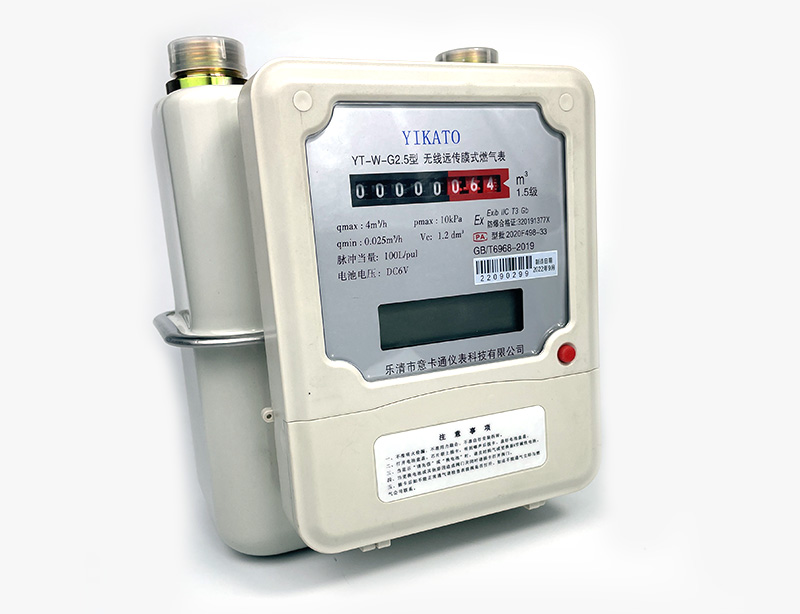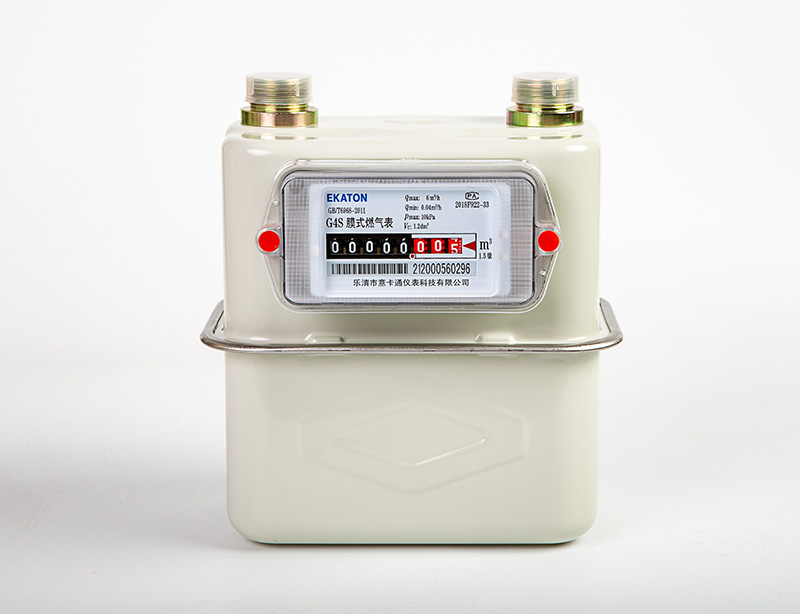Working principle of diaphragm gas meter
Working principle of diaphragm gas meter
Diaphragm gas meter uses the pressure difference in the flow process of the gas as the power, and the distribution of the gas flow is controlled by the relative position of the valve seat and the valve cover.

The bellows of the gas meter is composed of two gas measuring chambers which are the same on the left and right, and each gas measuring chamber is divided into two identical small measuring chambers by a soft diaphragm.
When the distributed gas enters the four small metering chambers in sequence, the diaphragm is pushed to swing freely to the left; the movement of the diaphragm assembly drives the connecting mechanism (double crank shaking mechanism) and makes the valve cover rotate to control each metering chamber. Inflate and exhaust in sequence to make the gas meter move continuously, and at the same time, the eccentric rotating gear of the connecting rod mechanism drives the mechanical one-way counter to count through the transmission of the gear, and finally displays the exhaust volume of the gas meter through the counter.



